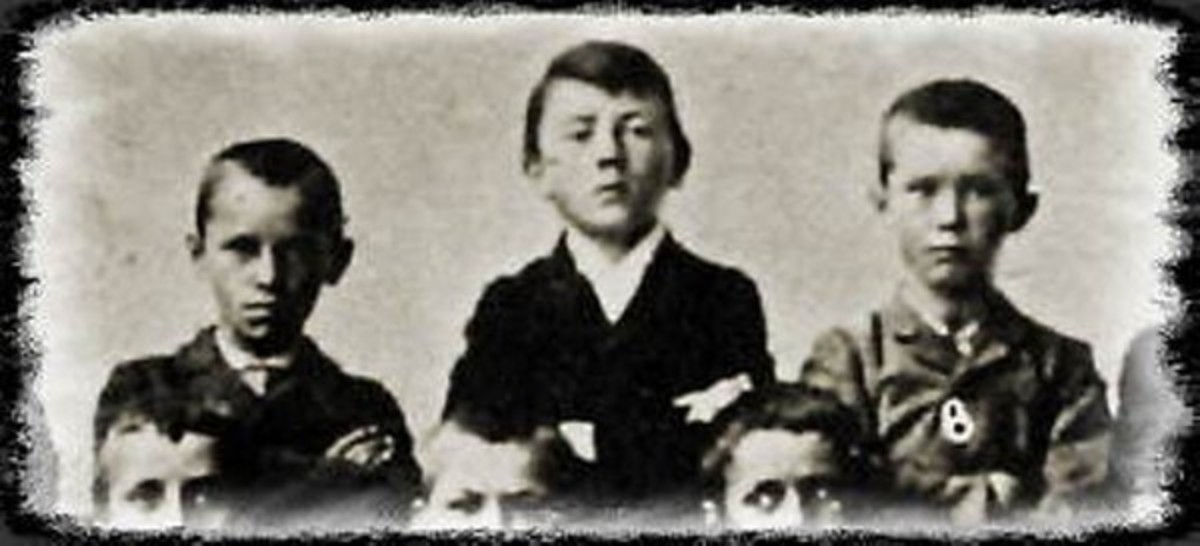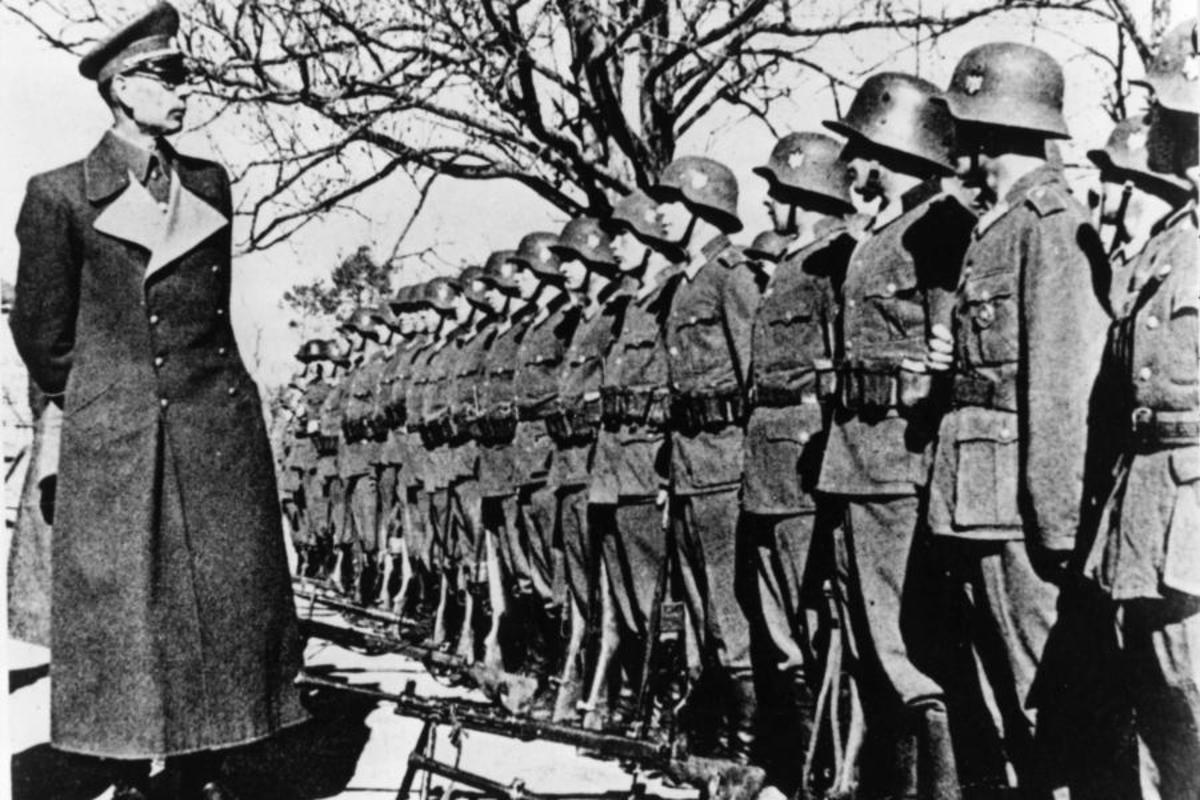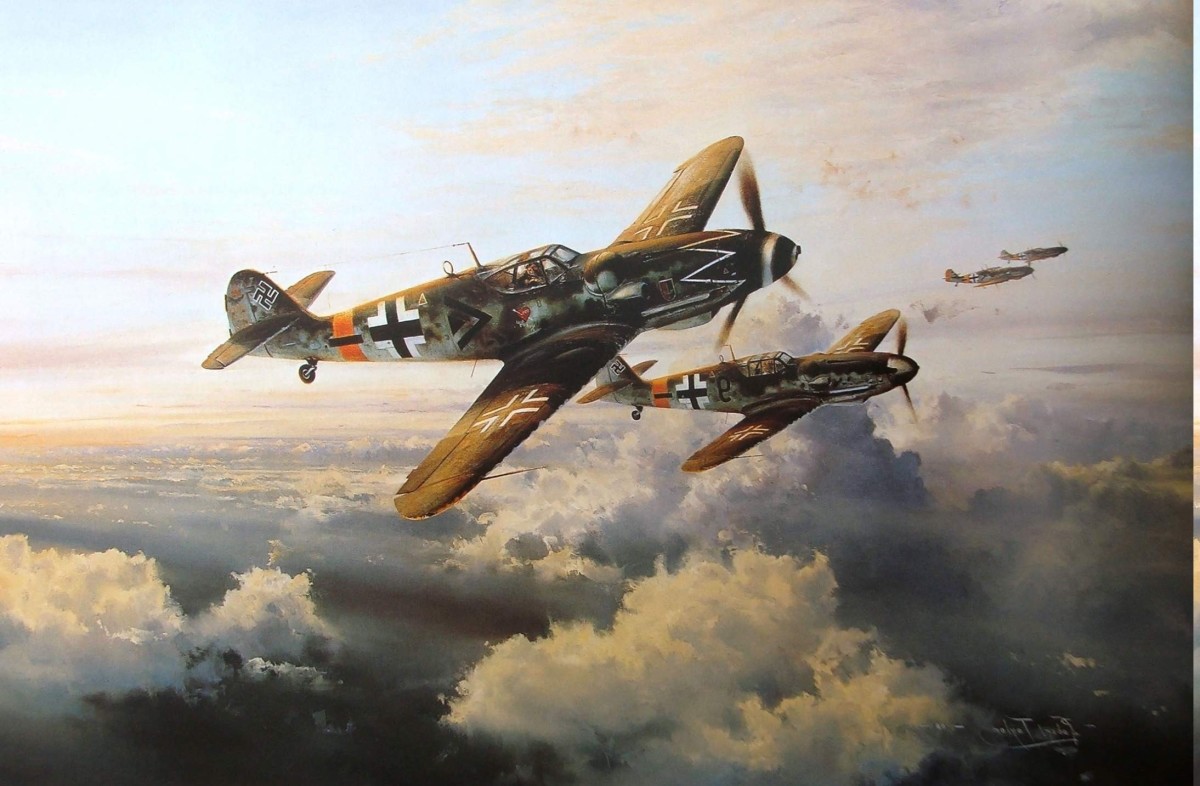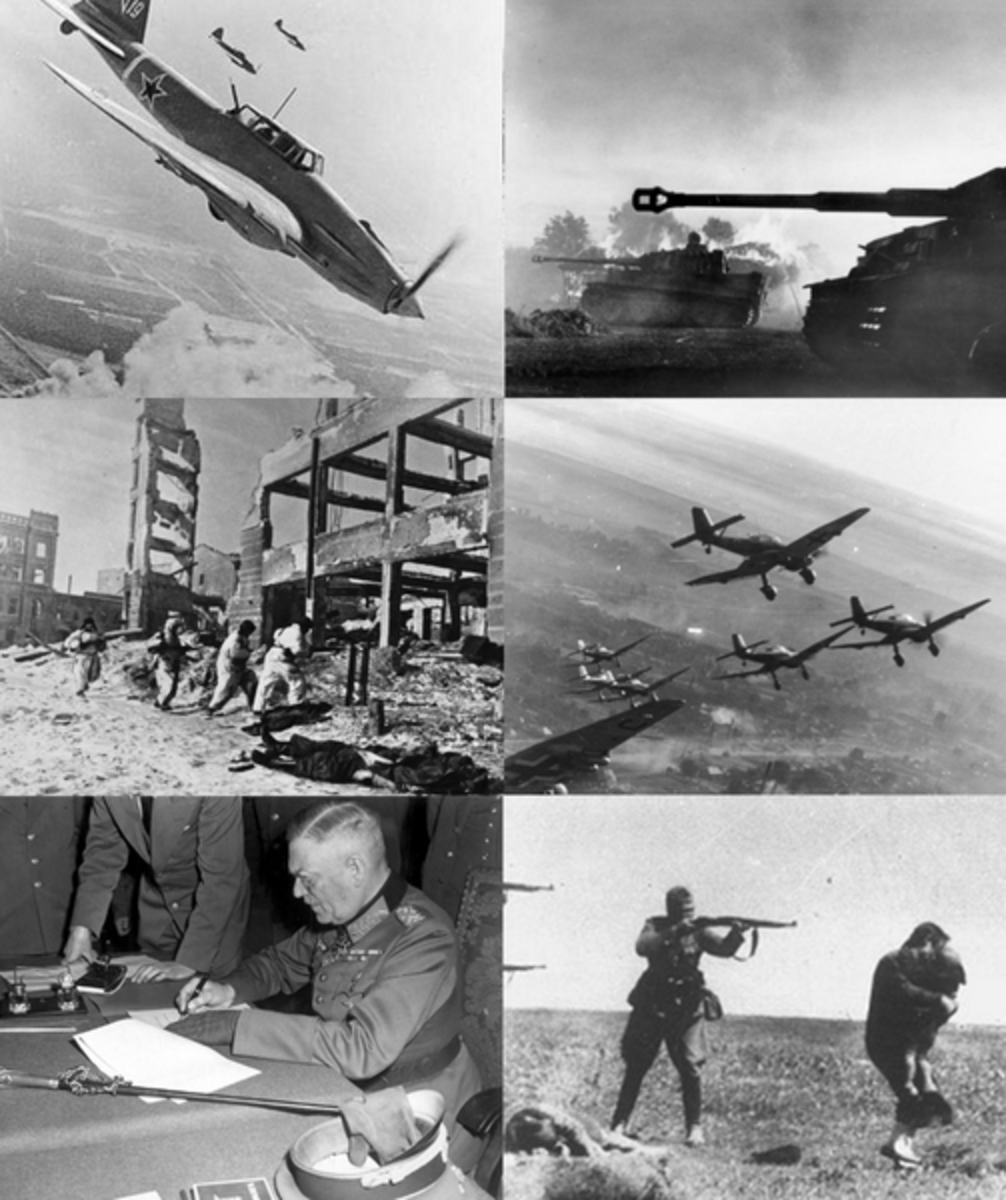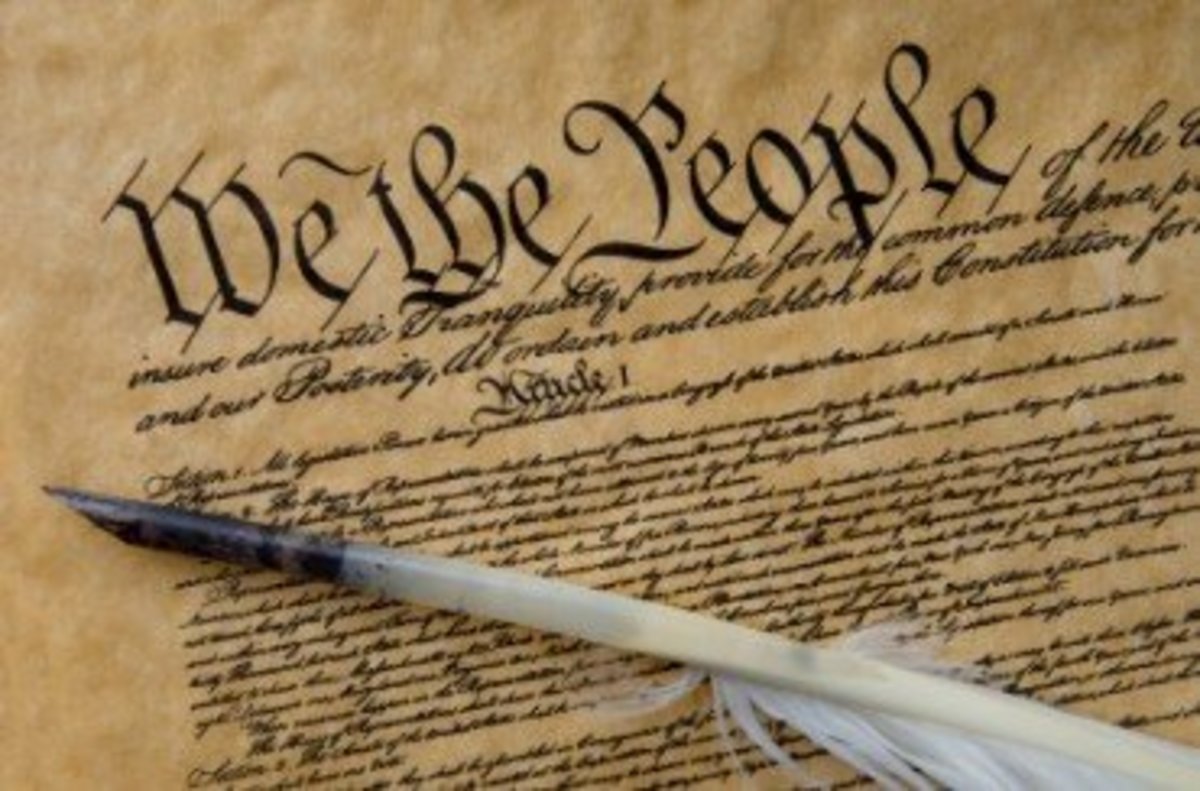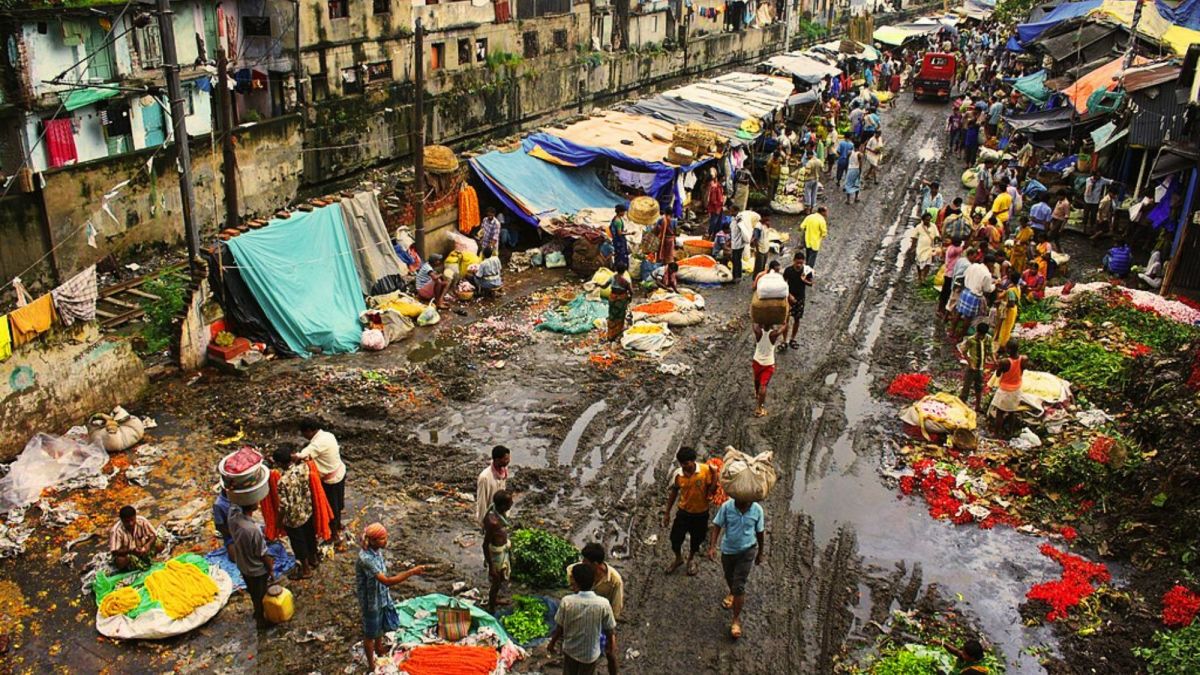Brutal Twentieth Century Dictators
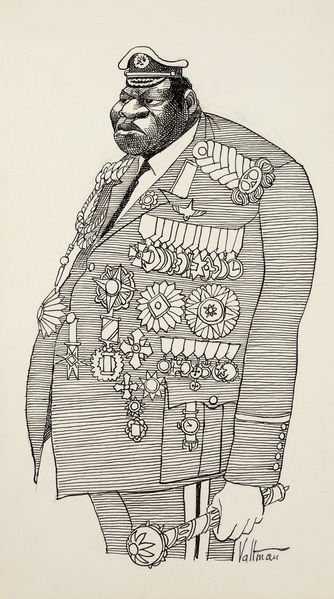
"Power tends to corrupt, and absolute power corrupts absolutely." - John Dalberg
There have been many tyrannical rulers throughout history. The following dictators’ reigns were a perfect storm of horror. They received virtually unlimited power despite having narcissistic and sociopathic tendencies.
All of them created cults of personality and established atmospheres of intense fear and repression. They often held extreme beliefs, some left-wing, others right-wing. These dictators ruthlessly liquidated their enemies. Many went so far as to eliminate anyone who even might oppose them in the future. Citizens lived in constant fear, wondering each day if they would be labeled an undesirable and be imprisoned, exiled and/or executed.
Here are five evil twentieth century dictators in alphabetical order. Three of them are well known because of their participation in World War II, while the other two are somewhat obscure.
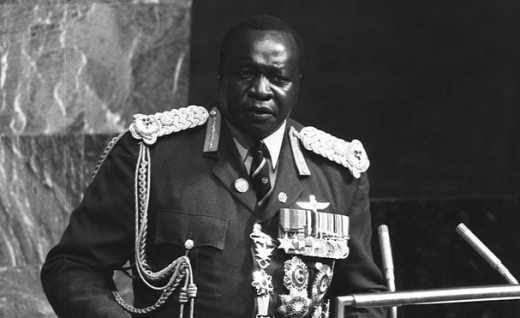
Idi Amin
Nation: Uganda
Years in Power: 1971-1979
Reign: A high-ranking military commander, Idi Amin used soldiers who were loyal to him to seize power in a coup while the president of Uganda was on a diplomatic trip to Singapore. Amin established a military dictatorship. He claimed publicly that he had deposed a corrupt regime and declared that he was only an interim ruler. Amin promised to hold democratic elections shortly so that Ugandans could choose their next leader. Instead, Amin declared himself president and commander in chief of the Ugandan military (among other titles). His regime was characterized by brutal violence, crumbling infrastructure, and an economic collapse.
Soon the people who opposed, or even might oppose, Amin began to disappear. Artists, intellectuals, journalists, and members of certain ethnic groups were annihilated in massive purges. At least 80,000 Ugandans were killed during Amin’s rule. Amin forced British and Asian citizens to leave the country and nationalized the businesses they left behind. His government was as inept at running businesses as it was at everything else, and the nation’s economy fell further into an abyss.
Amin was also known for his eccentric personality. He made bizarre claims about being the heir to the throne of Scotland and liked to create grandiose titles to bestow upon himself, such as “Conqueror of the British Empire”. He had five different wives and was married to some of them at the same time.
Demise: By 1978 most of Amin’s loyalists had turned against him due to the horrible condition of the country. Amin’s foolhardy decision to start a war with Tanzania led to the demise of his regime. Tanzania won the war easily, and Amin fled the country. He first went to Libya but then settled in Saudi Arabia. He lived the rest of his life there, making his home on the top two floors of a hotel. Amin attempted to retake control of Uganda in 1989, but he and his army were stopped before reaching the border. Amin never regained power, but he never paid for his crimes either. He finally died of kidney failure in 2003. Amin was portrayed by Forrest Whitaker in the film “The Last King of Scotland”.
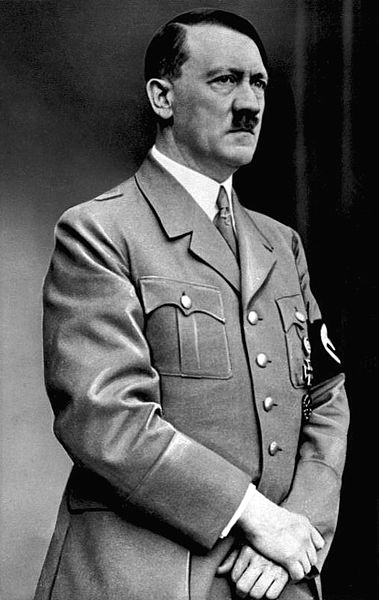
Adolf Hitler
Nation: Germany
Years in Power: 1933-1945
Reign: Where to begin? The architect of the Holocaust, which caused the death of about six million Jews, Hitler also started the largest and most destructive war in human history. A staggering fifty to seventy million people worldwide were killed in World War II. Hitler established complete political domination for his Nazi party in Germany, brutally crushing anyone who tried to oppose him.
Hitler believed in the concept of a superior Aryan race. This master race of blond, blue eyed people was supposed to conquer the world and exterminate or subjugate everyone else. Hitler thought that Germany was destined to dominate Europe to provide living space for its people.
Demise: After a stunning streak of military victories had given him control of most of continental Europe, the tide of World War II began to turn. The Nazi war machine began to lose battle after battle to the Allied forces. By 1945, the Russian Red Army made plans to invade Germany and capture the Nazi leadership. Bitter and despondent, Hitler ordered all German infrastructure to be destroyed because the nation did not deserve to survive defeat. This order was never carried out. After marrying his mistress Eva Braun, Hitler and his new wife committed suicide in their Berlin bunker.
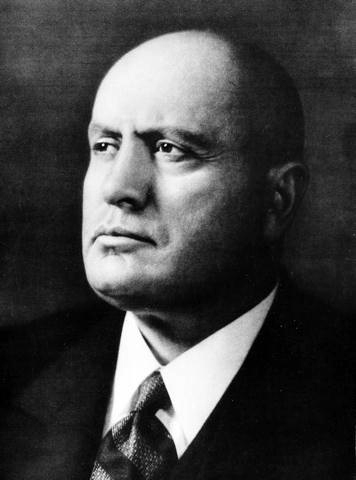
Benito Mussolini
Nation: Italy
Years in Power: 1925-1943
Reign: Mussolini was a dictator who ruled Italy with an iron fist for nearly two decades. Mussolini believed in fascism, a notoriously difficult to define political doctrine emphasizing masculinity, youth, efficiency, nationalism, and the brutal crushing of “inferior” races and peoples by a “superior” noble class. It is sometimes confused with communism/socialism. Although there are some similarities, they are not the same thing. For one thing, fascism allows private property and private enterprise, albeit heavily regulated by the government. Mussolini, who was extremely critical of both socialism and capitalism, was a close ally of Adolf Hitler during World War II and became a member of the Axis Powers, with Germany and Japan.
Mussolini established a totalitarian police state. He tortured, arrested, and murdered those who threatened his power. Mussolini’s thugs would sometimes kidnap the wives and children of men suspected of plotting to overthrow him, holding their families hostage until the suspects gave themselves up. He exercised strict control over all forms of Italian media to brainwash his citizens into believing in fascism.
Demise: Support for Mussolini evaporated by 1943. The Axis Powers were on their way to losing World War II and the dictator had lost much of his support even among his fascist political party. Mussolini was arrested by the Italian military police and removed from power. He later escaped from prison and lived in exile for two years. In 1945, Mussolini and his mistress were captured by members of a communist group while attempting to escape to Spain. They were executed by a firing squad and Mussolini’s corpse was hung upside down from the roof of a gas station.
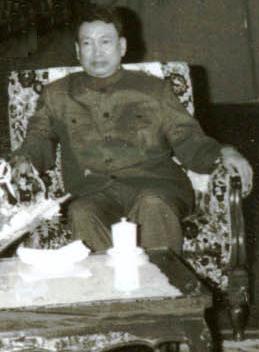
Pol Pot
Nation: Cambodia
Years in Power: 1975-1979
Reign: Pol Pot was the leader of the infamous Khmer Rouge, a brutal group known for its extreme agrarian communist beliefs and reliance on genocide. The Khmer Rouge made their enemies dig their own graves and then buried them alive, so as not to waste bullets. As the leader of Cambodia, Pol Pot forced his urban population to migrate to rural areas to perform forced labor on collective farms. He called this “year zero.” Anyone who resisted was executed, including children. Those who did what Pol Pot asked often died of starvation and exhaustion. In just three years, Pol Pot’s policies managed to kill over one fifth of his country’s population. He may have been responsible for the deaths of up to three million people – in a country that had only eight million citizens in its entire population.
Demise: A war with Vietnam erupted during Pol Pot’s regime. His army was unable to turn back the Vietnamese. The Khmer Rouge fled after Vietnam took control of the country. Pol Pot was never able to regain power and suffered a series of health problems throughout the rest of his life, including a stroke that paralyzed the left side of his body. After a long period of seclusion and exile, he died suddenly in 1998. The official cause was heart failure, but rumors persist that he was poisoned (possibly by himself).
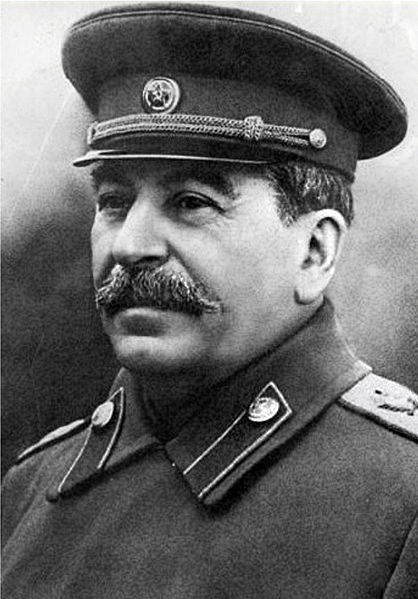
Joseph Stalin
Nation: United Soviet Socialist Republic (USSR)
Years in Power: 1922-1953
Reign: Joseph Stalin took control of the Soviet Union after the death of Vladimir Lenin in 1924. Although he did not immediately gain complete power, he ruthlessly defeated his opposition and eventually created one of the most repressive dictatorships in history – a totalitarian regime that sought to control every aspect of its citizens’ lives. Stalin’s policies led to millions of people being killed or exiled. He liked to completely liquidate any memory of his slaughtered enemies, even going so far as to remove their images from photographs and striking them from historical records. Stalin enacted several purges where he ordered the elimination of anyone who he perceived as a threat to his power. Stalin’s arrogance reached staggering heights. He was notorious for ordering the deaths of painters and photographers who didn’t depict him in the “right” way. Stalin may have been sensitive about images of himself because of his height. Ironically, one of the most feared rulers in human history was practically a midget, standing only 5’4”.
During Stalin’s reign, Russia transformed from a mostly rural nation into one of the world’s greatest economic industrial superpowers. His army fought bravely and successfully against the very formidable Nazi forces. Stalin, along with Franklin Delano Roosevelt and Winston Churchill, played a very significant role in the victory of the Allied forces in World War II. To this day, Stalin is seen as a great leader by a small minority of Russians.
But Stalin’s horrific crimes cannot and should not be forgotten. His policies caused the deaths of millions. He was so brutal that his successor, Nikita Kruschev, privately denounced him and began a process of de-Stalinization. Stalin is the inspiration for the evil “Big Brother” from George Orwell’s famous novel “1984.” To this day, he is a symbol of tyranny and oppression.
Demise: Stalin died in 1953. He was found lying on the floor of his bedroom, unable to speak, and died four days later. The official cause of death was a massive stroke. However, some historians have theorized that Stalin was killed by rat poison. There were numerous groups that would have had motivation to kill Stalin, and there are many theories about who may have poisoned him (if that is indeed what occurred).
Links
- Idi Amin Biography - Facts, Birthday, Life Story - Biography.com
Idi Amin was a Ugandan president known for his brutal regime while in power from 1971-1979. Learn more at Biography.com. - Adolf Hitler: Biography
Cyber encyclopedia of Jewish history and culture that covers everything from anti-Semitism to Zionism. It includes a glossary, bibliography of web sites and books, biographies, articles, original documents and much more! - BBC - History - Historic Figures: Benito Mussolini (1883-1945)
Read a short biography about the life of Benito Mussolini - the founder of Fascism and Hitler's WW2 ally. - The Legacy of Pol Pot - Photo Essays - TIME
A photographic record of mass murder - Joseph Stalin : Biography
A look at the life of Joseph Stalin.

